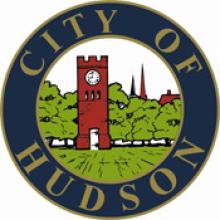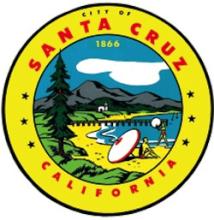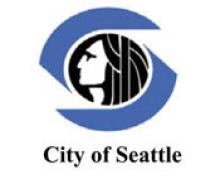Are You From Tennessee? Your Opinion Matters!
For the past several months, we have covered the plight of North Carolina and Tennessee. These states have passed laws that prohibit local governments from expanding beyond their municipal electric utility service area to bring better connectivity to neighboring communities. Even though nearby towns ask places like Chattanooga or Tullahoma to provide services, they are prevented from doing so.
Today we bring to you this news story from Anderson County, Tennessee. Local officials are encouraging residents to tell the state about their horrible connectivity. With a bill in the state legislature to remove the restriction and the state embroiled in a court case to challenge the FCC's decision to roll back the state barrier, local governments are using the survey to connect people with lawmakers. In Anderson County, some local government agencies have hardcopies of the state’s survey for those without Internet access. Any Tennessee resident with Internet access can take the survey online here.
"It's the slow circle of death that you see wheeling around there, and it's waiting and waiting and waiting," -- Steve Heatherly, Anderson County Chamber of Commerce Chairman








